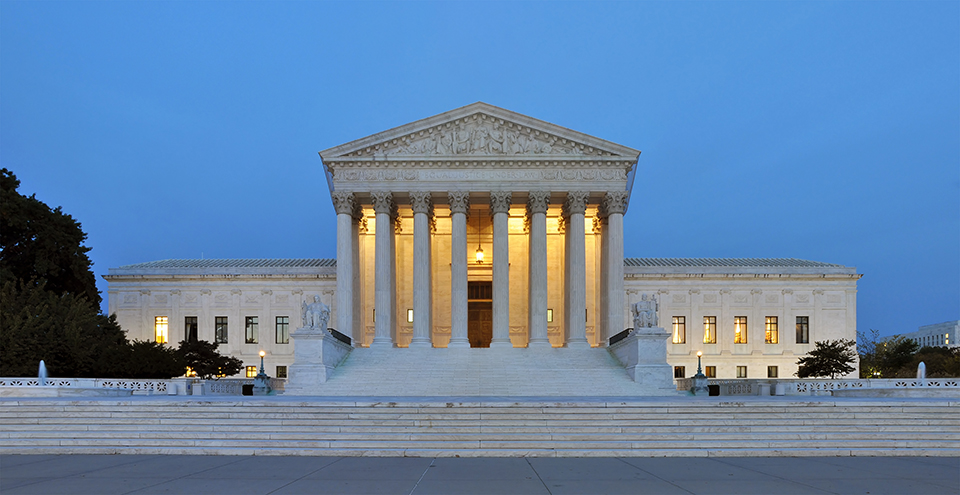EAA Asks Supreme Court to Avert a Crisis
May 9, 2019 - EAA recently filed an amicus curiae brief, meaning one filed by someone who is not a party to the case, in the U.S. Supreme Court, urging the court to tackle an important aviation product liability case and to reverse a decision made by the Third Circuit Court of Appeals. Unfortunately, the Supreme Court only accepts roughly 3 percent of the petitions filed annually. We’ve done our best to persuade the court that this case merits its attention.
The case is known as Sikkelee v. Precision Airmotive, et. al. The lower court held that manufacturers can be held liable for failing to implement design changes under state product liability standards, even if the product complies with the applicable FAA type certificate. In this case, carburetor manufacturers are threatened with liability for an engine failure (and related injuries) because they failed to modify the carburetor design even though the FAA had not approved an alternative design. In other words, carburetor manufacturers are threatened with liability for using the FAA certified design instead of an unauthorized design proposed by the experts hired by the plaintiffs. The manufacturers, EAA, and several other amici ask the court to reverse the lower court’s holding and to declare that FAA approved designs preempt state law standards imposed by courts.
EAA's brief argues that the Federal Aviation Act was intended to preempt state law design standards, and if the lower court decision is allowed to stand, it will lead to disastrous results. While the FAA system may not be perfect, it is far better than relegating aircraft design to state courts. The state court design procedure goes like this: if injured parties and their retained experts are able to convince 12 lay jurors that an alternative design would have averted their accident, manufacturers face liability for failing to implement the change, and that alternative design becomes the new standard (in that county). This places manufacturers in an untenable position of having to comply with the prevailing FAA standard and face civil liability, or make an unauthorized change and face FAA enforcement. When we consider the possibility that multiple courts throughout our 50 states may reach different opinions on any given design, this problem becomes magnified many times over.
EAA's record of working to improve designs (including multiple recent STCs), to reduce regulatory burdens (such as our work on the Part 23 revisions), and innovation in general should be beyond question. EAA welcomes change, but not the way allowed by Sikkelee. FAA employs hundreds of engineers, and when it issues a type certificate it analyzes vast amounts of data and tests performance over a broad range of conditions. EAA argues that our pilots require the confidence in their aircraft that can only come from the comprehensive, expert overview provided by the FAA. We argue that our manufacturers and mechanics need to have a single, reliable design, regardless of where they are or where the subject aircraft may go.
We are making great progress in lowering the costs and bureaucratic impediments to aviation. FAA's centralized, expert oversight certification process remains essential to our mission. We are proud to add your voices to this fight. We'll let you know when we have more news on this case.

